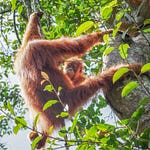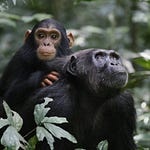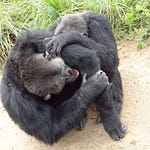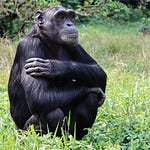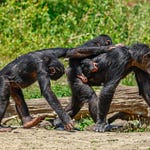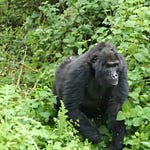By the banks of a seasonal river in western Tanzania, chimpanzees move with surprising grace among the sparse trees of a savanna-mosaic. Here, in the Issa Valley, they spend more time off the ground than many expected. And their behavior is forcing scientists to rethink a central question in human evolution: Did bipedalism begin as an adaptation for life on the open ground—or did it begin in the trees?
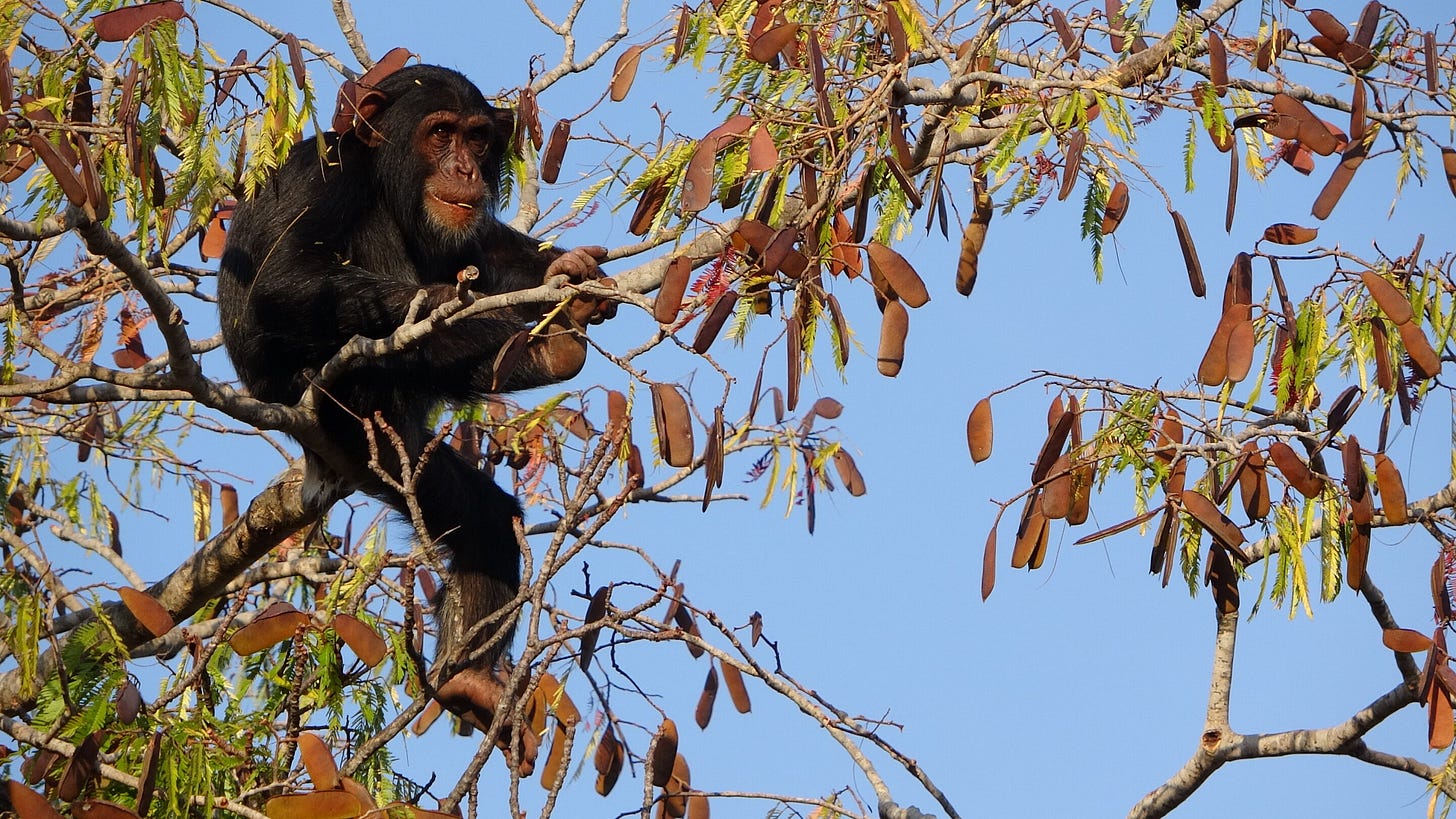
Lessons from a dry forest
Bipedalism—the act of walking upright on two legs—is often seen as a signature trait of the human lineage. But the question of why and how it evolved remains unsettled. Fossils of early hominins suggest a combination of walking and climbing abilities, with features suited both to upright posture and grasping tree limbs. The transition from life in the canopy to life on the savanna is often invoked to explain this shift. But the details are murky, especially because the fossil record from key transitional periods is sparse.
A new study of wild chimpanzees living in a dry, fragmented landscape sheds light on this puzzle. In the Issa Valley, where stretches of open woodland are interrupted by strips of gallery forest, a population of Pan troglodytes continues to rely heavily on trees for food. During the dry season, when food is scarcer, the chimpanzees travel farther and spend more time aloft—foraging, balancing, and sometimes walking upright among the branches.
“Here we show that safely and effectively navigating the canopy can remain very important for a large, semi-arboreal ape, even in open habitat,” said primatologist Rhianna Drummond-Clarke, the study’s lead author.
The study, published in Frontiers in Ecology and Evolution1, documents how these chimpanzees, despite living in a relatively open environment, engage in extensive arboreal foraging. Not only do they climb, they also rely on suspensory behaviors—hanging beneath branches, or standing upright while stabilizing with their arms.
Fruit, form, and foraging strategy
The researchers observed adult chimpanzees during the dry season, recording their movements, behaviors, and foraging patterns. The apes favored large, wide-canopied trees that provided clusters of fruit or edible flowers and leaves—items often found near the outer branches, where climbing becomes riskier. These zones required careful movement and specialized techniques, such as suspension and upright posture, to avoid falling.
“Savanna-mosaics are characterized by more sparsely distributed trees, so we hypothesized that adapting behavior to forage efficiently in a tree would be especially beneficial when the next tree is further away,” said Drummond-Clarke.
The trade-off is familiar to any primate: richer food is harder to reach. Yet for these chimpanzees, the nutritional payoff justified the exertion. In the largest trees with the best offerings, they spent more time foraging and used a broader range of locomotor strategies.
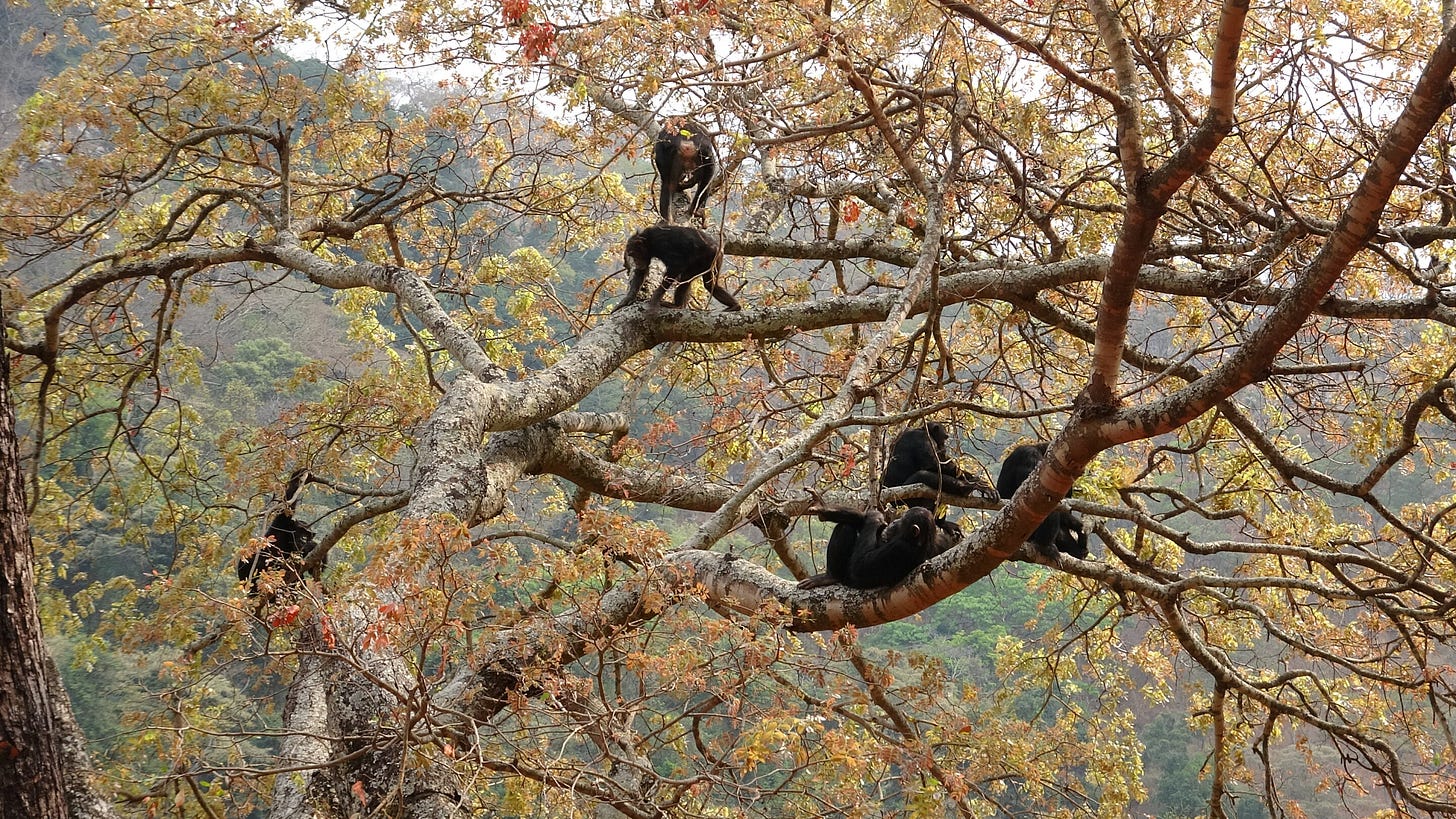
Notably, these strategies echo those seen in the fossil record. Several hominin species—including Australopithecus afarensis and Ardipithecus ramidus—display a blend of terrestrial and arboreal features, suggesting that they, too, navigated trees while occasionally walking upright.
Bipedalism beyond the ground
Much of the debate over bipedalism centers on terrestrial movement. The idea that early hominins evolved to walk across grasslands has dominated for decades. But the Issa Valley chimpanzees provide a different model. Their upright posture is not limited to ground-level walking. In fact, they often stand upright in the canopy while feeding or moving between branches.
“Observational studies of great apes demonstrate they can walk on the ground for a few steps, but most often use bipedalism in the trees,” said Drummond-Clarke. “If Issa Valley chimpanzees can be considered suitable models, suspensory and bipedal behaviors were likely vital for a large-bodied, fruit-eating, semi-terrestrial hominin to survive in an open habitat.”
This suggests a revision to the classic savanna hypothesis. Upright walking may not have started as a purely terrestrial adaptation. Instead, bipedal behaviors may have first been honed in the trees, helping early hominins access food while maintaining balance in an increasingly fragmented landscape.
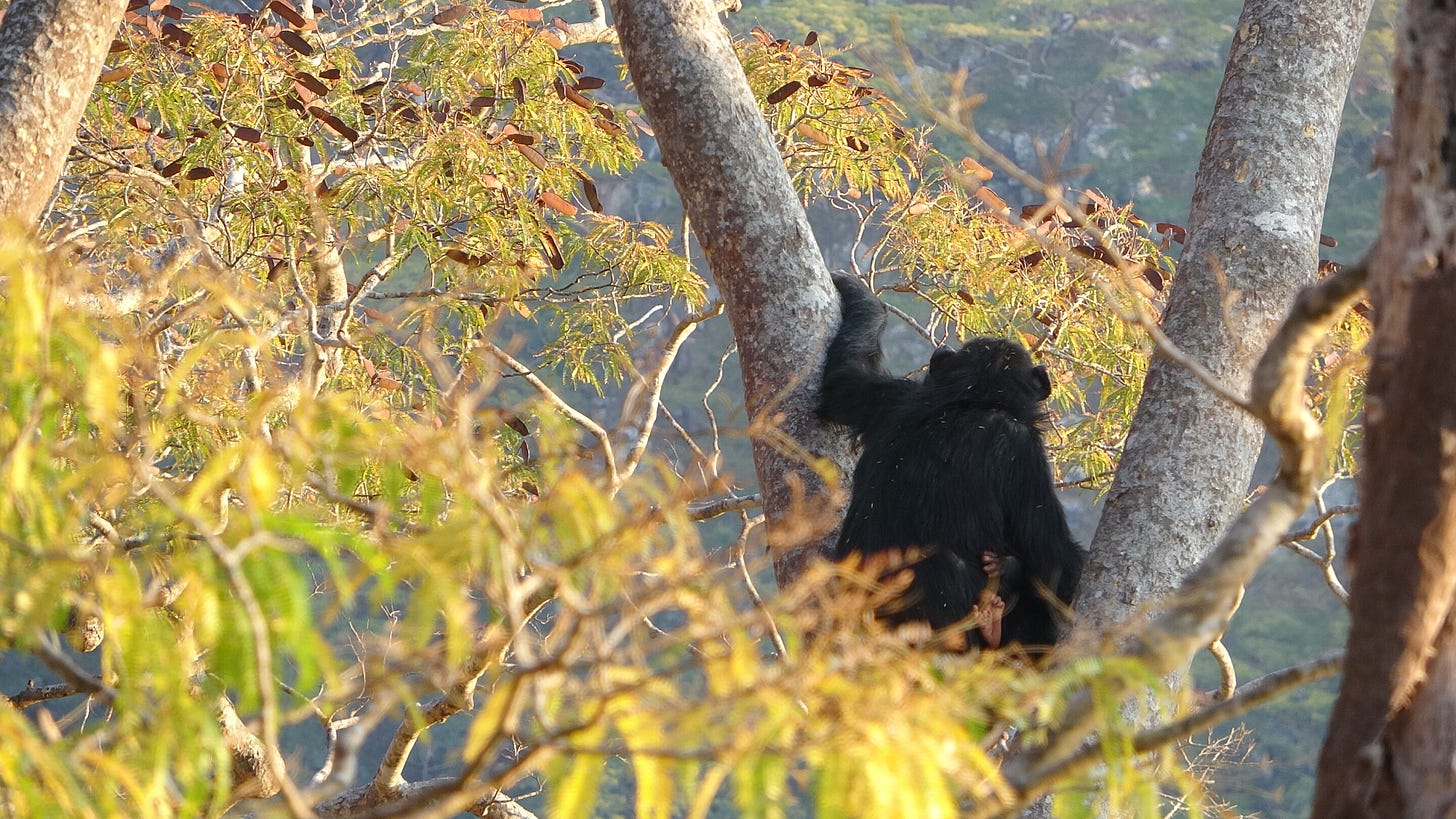
Gaps and future questions
While the findings add nuance to the debate, they do not close it. The study was limited to the dry season and one chimpanzee community. The authors emphasize the need for year-round observation and comparisons across multiple groups in similar environments. Nutritional analyses could also clarify whether long sessions in large trees are the most energy-efficient strategy.
Still, the Issa Valley data hint at the possibility that our ancestors’ famous two-legged walk may have evolved in tandem with a lingering arboreal lifestyle.
“Adaptations to arboreal, rather than terrestrial, living may have been key in shaping the early evolution of the human lineage,” said Drummond-Clarke.
Related Research
Pontzer, H., Raichlen, D. A., & Sockol, M. D. (2009). The metabolic cost of walking in humans, chimpanzees, and early hominins. Journal of Human Evolution, 56(1), 43–54. https://doi.org/10.1016/j.jhevol.2008.09.001
Compares energy expenditure of walking in humans and chimps to infer costs of bipedalism.
Kivell, T. L., & Schmitt, D. (2009). Independent evolution of knuckle-walking in African apes shows that humans did not evolve from a knuckle-walking ancestor. PNAS, 106(34), 14241–14246. https://doi.org/10.1073/pnas.0901280106
Challenges assumptions about how humans evolved from knuckle-walking apes.
Thorpe, S. K. S., Holder, R. L., & Crompton, R. H. (2007). Origin of human bipedalism as an adaptation for locomotion on flexible branches. Science, 316(5829), 1328–1331. https://doi.org/10.1126/science.1140799
Suggests upright posture may have first evolved in the canopy.
Drapeau, M. S. M., & Ward, C. V. (2007). Forelimb segment proportions and locomotor behavior in Australopithecus afarensis. Journal of Human Evolution, 52(6), 643–653. https://doi.org/10.1016/j.jhevol.2006.11.002
Discusses arboreal adaptations in early hominins.
Drummond-Clarke, R. C., Reuben, S. C., Stewart, F. A., Piel, A. K., & Kivell, T. L. (2025). Foraging strategy and tree structure as drivers of arboreality and suspensory behaviour in savannah-dwelling chimpanzees. Frontiers in Ecology and Evolution, 13, 1561078. https://doi.org/10.3389/fevo.2025.1561078


